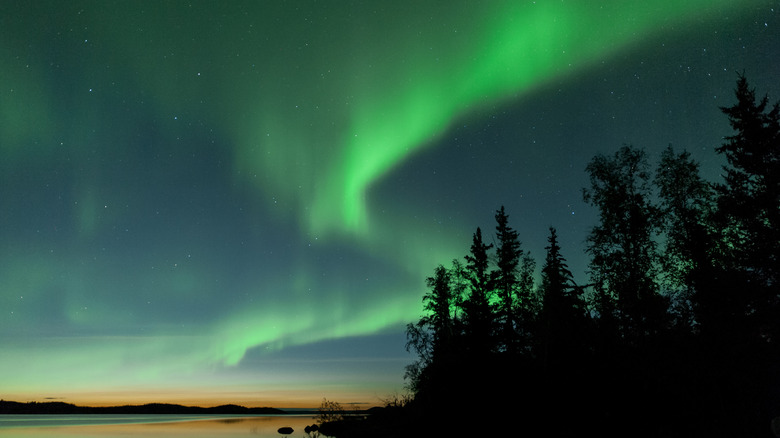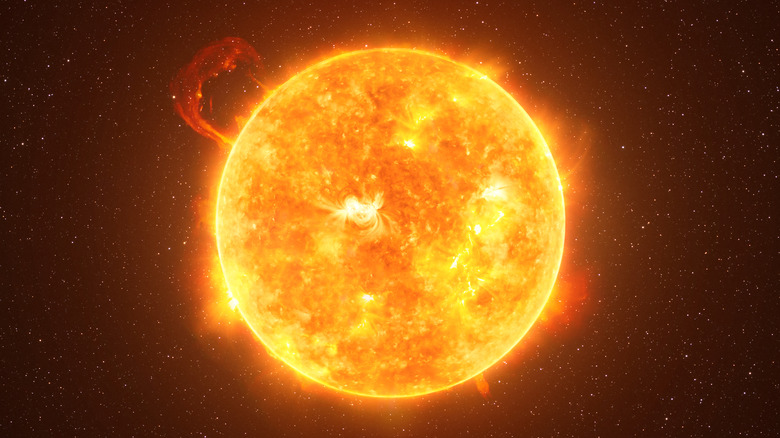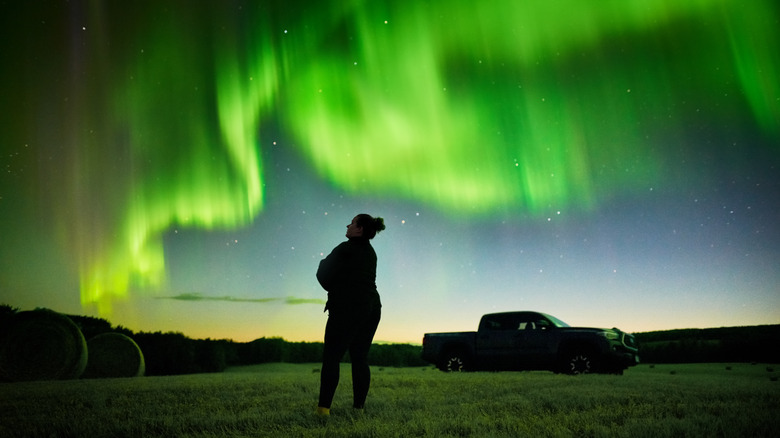Why 2024-25 Are Peak Years To Go See The Northern Lights
Anyone wanting to get a chance to see the Northern Lights is in luck. According to scientists, 2024-25 will be peak years to go see the Northern Lights in a variety of places around the world.
This is quite a dramatic change from what has for so long made seeing the lights such a rare experience. For those living outside the Arctic Circle, getting to see the Northern Lights, or Aurora Borealis, had typically been considered a once-in-a-lifetime opportunity. Getting to see them involved extensive travel and a little bit of luck. Or, so it seemed. In November 2023 the Aurora Borealis became visible to people throughout the United States, Europe, and Asia.
While this was thought by many to be a fluke-occurrence, it was actually the beginning of what could be a multi-year window of opportunity to view the aurora phenomenon outside of what have traditionally been considered the best places to see the Northern Lights. So, if you are one of the millions who have long hoped to see or get a picture of the Northern Lights, the next couple of years will provide you the perfect opportunity.
Increased solar activity
Like the earth itself, the reasons for the increased opportunity to see the Northern Lights revolve around the sun. Scientifically speaking, auroras are caused by auroral electrons hitting the ionosphere. These auroral electrons can be accelerated by the energy transmitted from what are known as Alfven waves. According to NASA, Alfven waves are actually disruptions in the magnetic field. Scientists have shown that solar activity, such as solar flares, can cause Alfven waves. Hence, the sun or, more specifically, solar activity causes the Northern Lights.
To that end, we are currently experiencing an upward trend in solar activity according to the National Oceanic and Atmospheric Administration. The solar activity is predicted to peak in 2025, leading to a more auroral light and more opportunities to see the Northern Lights. Throughout that time, there will be smaller, more intense periods of solar activity. This increased activity is what led to the event which was widely viewed in November 2023. Similar intensive bursts of activity will present themselves over the next two years and will be prime times to see the Northern Lights.
Expansion of the auroral area
The area where the Northern Lights are typically visible is known as the aurora oval. The center of this area is magnetic north. According to NASA, it is an area where electrons can hit the atmosphere and cause the illumination we know as the Northern Lights. While the aurora oval is typically confined to the northern latitudes, there are factors that can temporarily change its size and position. Solar winds and geomagnetic activity are two reasons why the aurora oval moves. strong winds can move it southward. When this happens, the viewing area of the aurora lighting is altered and expanded as well. This gives many more people the chance to see the Northern Lights without having to travel as far –- or at all, in some situations.
So, how will you know when and where you will be able to see the Northern Lights in 2024-25? Almost certainly most news networks will broadcast information about possible viewings, just as they did in November 2023. However, you can also track the aurora action on your own by utilizing tracking tools like those maintained by NOAA or the Geophysical Institute at the University of Alaska-Fairbanks.


